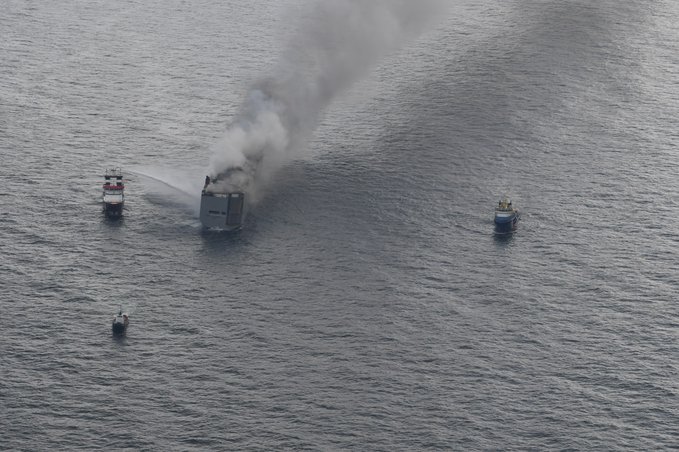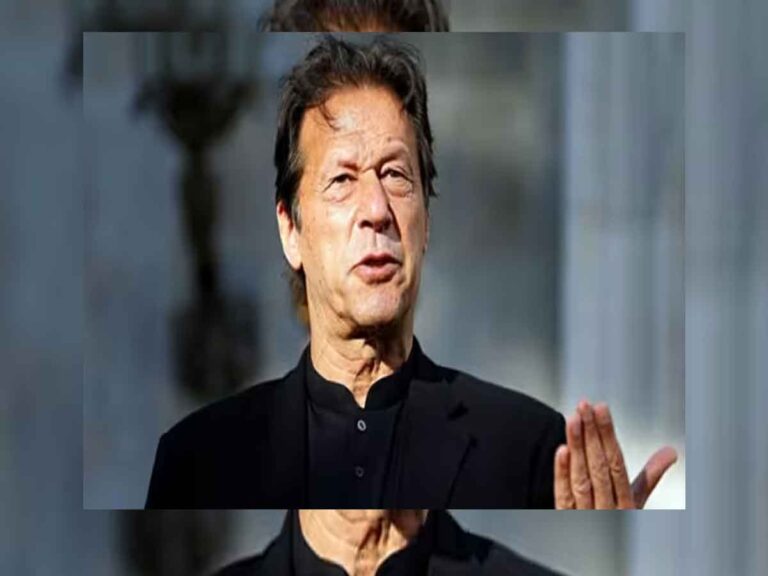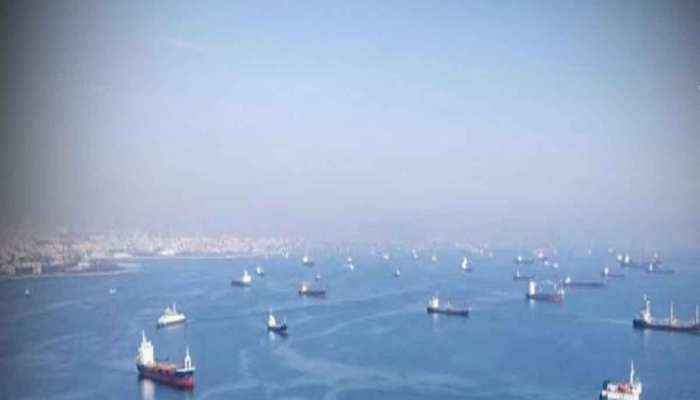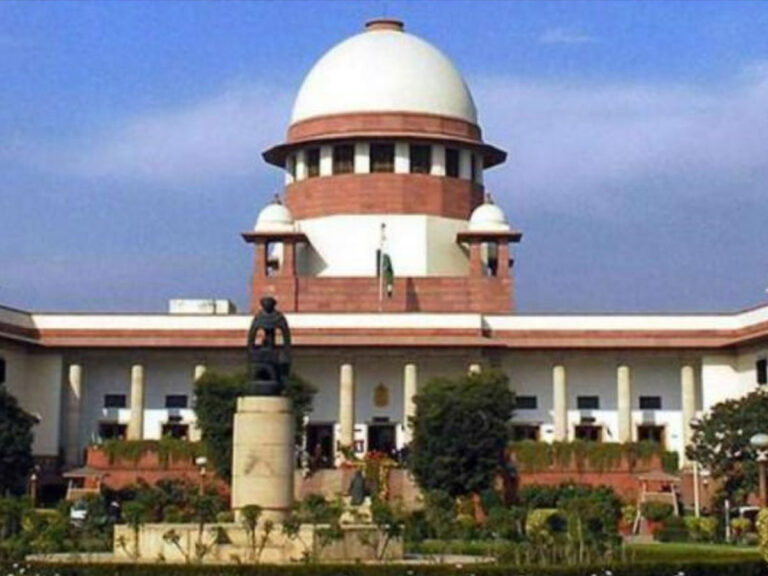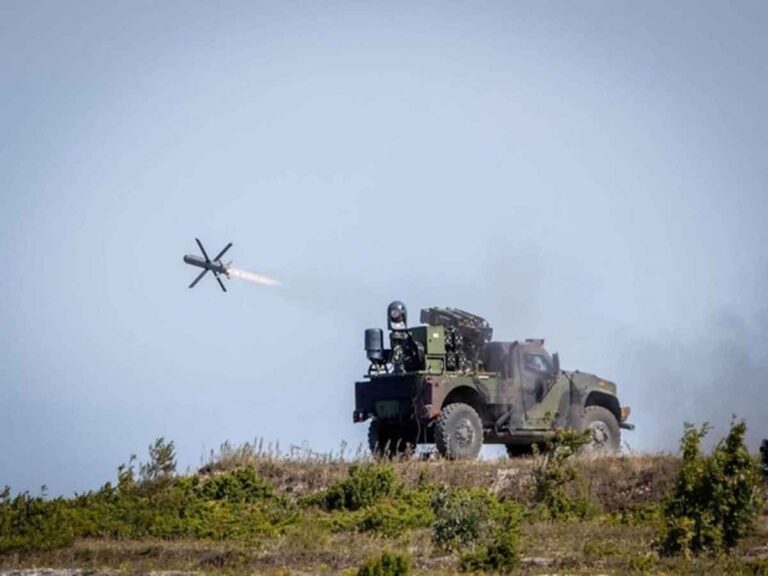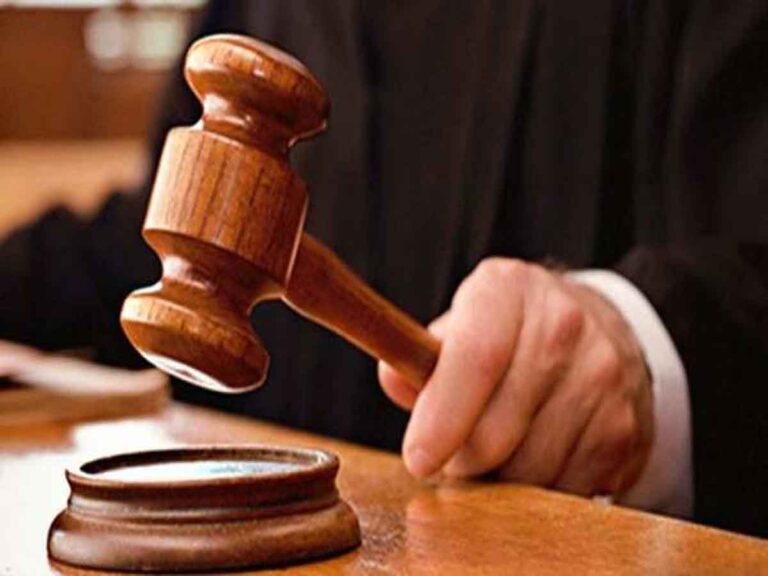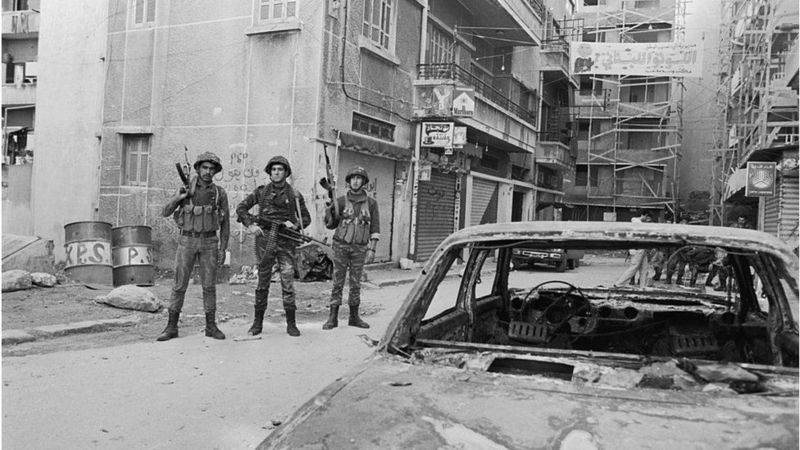
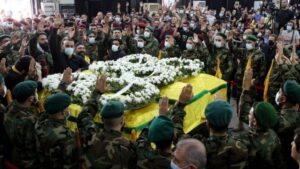
My friend and neighbor Richard was about to start a series of online meetings at his office in the southeast corner of Beirut when it seemed as if doom had come. For the next three hours he took shelter on the ground floor of the building as a fierce battle was going on outside the office building.
It was a shock to anyone who had anything to do with Beirut’s past. Beirut had to fight for 15 years in the civil war that started in 1975.
Richard explains, “The horrors of the Civil War came before my eyes. The anger, the fear, the restlessness, the worry of the children, all the things started coming to my mind. I felt the life we lived here during the days of the Civil War. Well, the same thing is going to happen again.”
When Richard returned home safely, his tears could not stop. He says, “I don’t know why this happened and I won’t be able to go to work the next day. It seems like the bitter memories of the war are back. I don’t want all this to pass on to my children.” “
For Richard and many Lebanese like him, the sudden sectarian violence that broke out in the capital Beirut on 14 October is a warning bell.

- Communal conflict in Beirut
Political tensions in Beirut were at their peak, the economy was in ruins, electricity and fuel supplies were almost non-existent, prices were skyrocketing when gunmen suddenly started firing again in the streets. Has Lebanon once again reached the brink of civil war?
The violence in Beirut on October 14 is so significant because of the civil war that broke out in April 1975 in the same southeastern edge of the city. After a few incidents of violence at that time, Christian militia gunmen attacked a bus full of Palestinians, killing more than 20 people.
For the next 15 years, Ain al-Rammaneh remained the front of that civil war. On the other hand, there was the area of Chiyah populated by Shia Muslims. Ain al-Rammaneh and Chiyah are adjacent areas. On October 14, a procession of Shia protesters from Chiyah entered the area of Ain al-Rammaneh.
These demonstrators chanted “Shia, Shia, Shia!” inciting sectarian violence in Ain al-Rammaneh. shouted slogans. All the seven people killed in the violence that followed were Shia Muslims. Some of those killed were people associated with Iran-backed Hezbollah and its affiliated Amal faction.
After this incident, a series of sharp accusations and counter-allegations started between the Shia coalition led by Hezbollah and the Christian Lebanese Force (LF) party. Hezbollah leader Hassan Nasrallah accused the LF of deploying snipers to fire from rooftops to instigate civil war.
He said Hezbollah would not back down. He warned that he could order a million of his fighters to advance, who would crush their opponents. Christian Lebanese Force leader Samir Giaga responded by saying that his party had no militia and did not want war.
He accused Hezbollah of trying to cover up its involvement in the incident by demanding the removal of a judge investigating last year’s port blasts in Beirut. The demonstration of Shias on 14 October was about this issue.
In 1975, some analysts had already predicted that the conditions were about to break out in Lebanon for a wider civil war. Few people like us had an idea that in the coming 15 years the modus operandi of this fight would change.
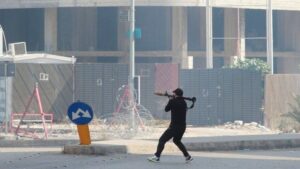
- Political conflict and polarization
Barricades would begin within Beirut and different areas of the city would begin to draw their borders, and they continue to this day. Therefore, keeping in mind the intentions of the protesters and in whose favor the balance of power is, then it can be said that it is not necessary that this will not happen in future.
Political conflict and polarization are already taking place in Beirut. The day the violence broke out in Ain al-Rammaneh, Sunni Muslims living in nearby areas and Christians in the Ashrafiyeh district of eastern Beirut were apprehensive. He was afraid that the ‘date of 7 May’ might not be repeated.
On that day in 2008, Hezbollah fighters stormed western Beirut to target Sunnis and Druze people. “If Sunnis instead of Christians were involved in this conflict, we could have created a ruckus across the country within an hour,” a trusted Sunni militia source said.
From his words, it seemed that there is a feeling of hatred for Hezbollah in the minds of Sunnis. “The limits of the people’s tolerance were exhausted and fighting Hezbollah would have been the last option,” he said.
A senior politician said, “I don’t think civil war will break out from tomorrow itself. It will take time. But with time it will happen. There will be more such incidents… The year 1975 also started in the same way. AAP How can I stop it?”
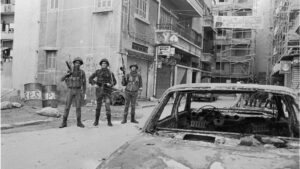
-
alien forces
In 1975, the geopolitical situation in Lebanon was providing gunpowder to the civil war of the time. This time also something similar seems to be happening. At that time the right-wing Christian faction (which later transformed into the LF party) was on a campaign to destroy the strength of the Palestinian Liberation Army (PLO).
The PLO had established a significant sphere of influence within Lebanon. But the Christian forces alone could not do the job of dealing with the PLO. He first sought help from Syria (in 1976) and then from Israel.
As a result, Israel invaded Lebanon in 1982 and Yasser Arafat and the PLO had to be evicted from Lebanon. This time the challenge of Hezbollah is standing in front of the Christian Lebanese Force. Like the PLO, Hezbollah’s sphere of influence has also increased significantly in Lebanon.
After the Taif Agreement of 1989, Hezbollah is the only force in Lebanon that is allowed to bear arms. Hezbollah is credited with stopping the civil war in Lebanon. Some even refer to him as the ‘guardian of Lebanon against Israel’.
Since then, Hezbollah has been building an almost unbeatable force and intelligence military capability in Lebanon. Hezbollah’s fighters are considered more powerful than Lebanon’s own army. Hezbollah has a large network in Lebanon. This also includes social services, hospitals and other types of work.

-
Hezbollah’s power in Lebanon
One of the major differences between Hezbollah and the PLO is that Hezbollah is an organization of the Lebanese people. Its connections are connected with Iran. Many people also see it as a proxy for Iran. For all these reasons, in the event of a conflict, it can have a big impact on geopolitics.
A political source says, “Iran and the US are fighting against each other in Lebanon, Iraq and Yemen. You need to see the bigger picture.”
On one hand, where it is believed that Hezbollah’s links are linked to Iran, on the other hand it is also discussed that Christian Lebanese Force leader Samir Giaga is getting funding from Iran’s enemy Saudi Arabia.
Since then, Hezbollah has built up an almost unbeatable force and intelligence military capability in Lebanon. Hezbollah’s fighters are considered more powerful than Lebanon’s own army. Hezbollah has a large network in Lebanon. This also includes social services, hospitals and other types of work.
One of the major differences between Hezbollah and the PLO is that Hezbollah is an organization of the Lebanese people. Its connections are connected with Iran. Many people also see it as a proxy for Iran. For all these reasons, in the event of a conflict, it can have a big impact on geopolitics.
- cost of war
A political source says, “Iran and the US are fighting against each other in Lebanon, Iraq and Yemen. You need to see the bigger picture.”
On one hand, where it is believed that Hezbollah’s links are linked to Iran, on the other hand it is also discussed that Christian Lebanese Force leader Samir Giaga is getting funding from Iran’s enemy Saudi Arabia.
The imbalance of power in Lebanon can be gauged in this statement of Hassan Nasrallah’s threat to Samir Giaga that he could order 100,000 of his fighters to move forward. Everyone knows that Hezbollah can open a front in every corner of the country within a few days.
But if this happens, the result will be that these forces of Lebanon will be embroiled in a never-ending civil war. This applies not only to Samir Giaga’s Christian Lebanese Force, but also to Sunnis and Druze people.
Attacking Christian areas would mean breaking Hezbollah’s alliance with Samir Giaga’s Christian opponents. These opponents are President Michael Oun’s Free Patriotic Movement and his powerful son-in-law, Gabran Basil. This will increase Hezbollah’s own troubles.
Most of the people killed in the blast at the port of Beirut in August 2020 were Christians. Hezbollah is opposing its investigation, and because of its opposition, Hezbollah’s alliance with anti-LF forces is already in danger.
Sources close to the Christian and Sunni fraternity say that the violence that broke out in Ain al-Rammaneh on October 14 has already increased the stature of Samir Giaga in Beirut’s Christian community. Corruption of politicians is mainly blamed for Lebanon’s economic ruin.
There is a sense of disrespect for politicians among common people and Hezbollah is no exception. A former Christian soldier who witnessed the Lebanese civil war says there is no way to eliminate Hezbollah from Lebanon but a full-fledged war.
“Hezbollah is here and we have to live with it. The best way might be to strengthen the Lebanese army and strengthen the anti-Hezbollah forces in parliament. They will have to find a way out of some political settlement.” “
But it will take time for all this to happen. Meanwhile, the Lebanese people can hope that those predicted future fears can be averted and the new government can bring some improvement in their lives.

